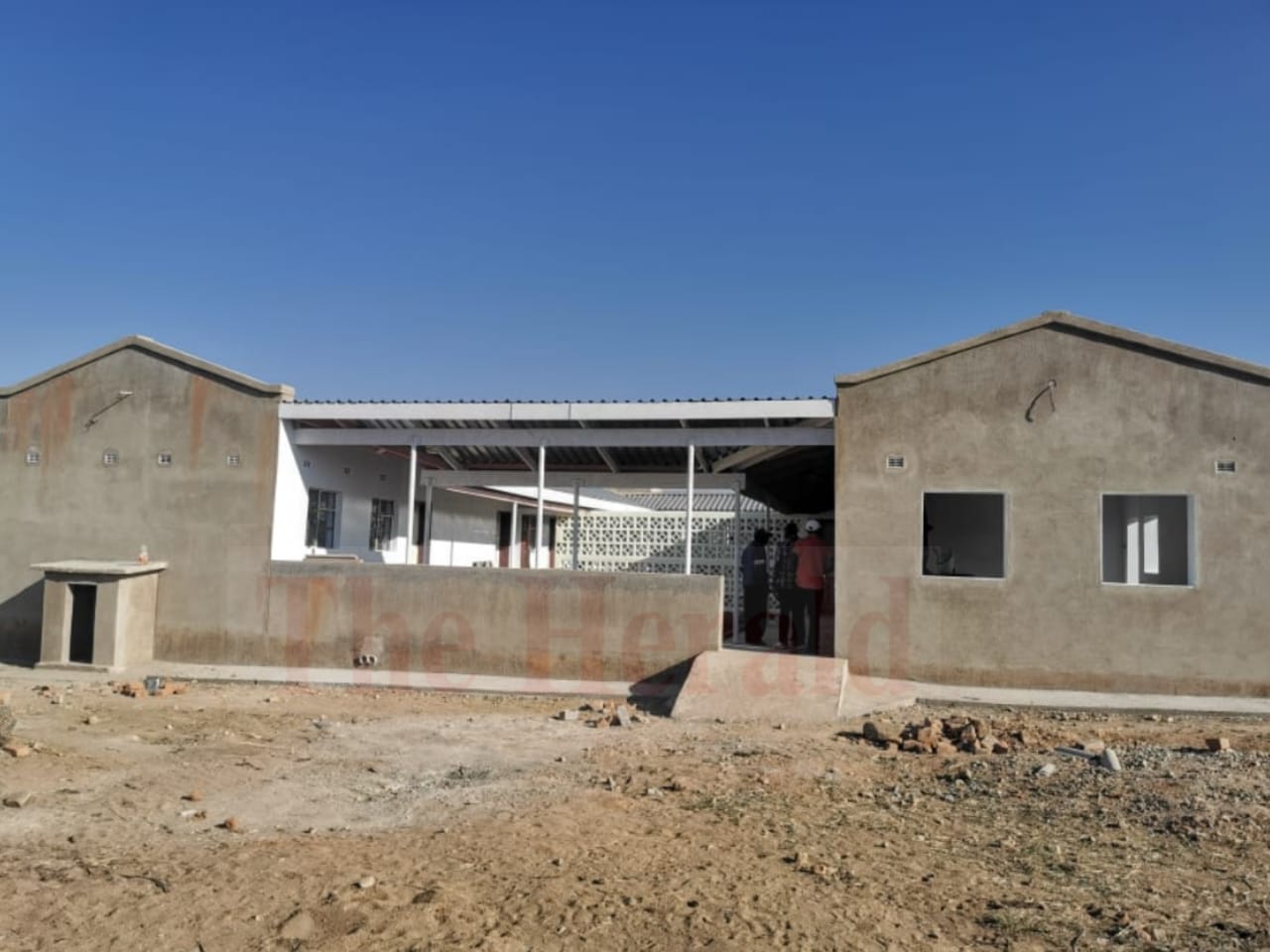GMO cotton could generate more than US$600 million in revenue a year for Zimbabwe

Sifelani Tsiko Agric, Environment & Innovations Editor
Zimbabwe has the potential to increase its cotton output to more than 800 000 tonnes per year – if it starts to grow genetically modified cotton and boost support to growers, Dr Edworks Mhandu, executive director of Quton Seed Company says.
The top executive of one of Zimbabwe’s largest producers of cotton seed told participants recently at GMO awareness workshop for policy makers, that with 100 percent adoption of GM cotton it was possible to produce yields of up to 2 tonnes per hectare, earning the country more than US$600 million per annum.
“If we start producing GM cotton we can easily attain the 2 tonne per hectare yield. As a country we have about 400 000 hectares of land available for growing cotton. If we increase our yields to 2 tonnes per hectare on 400 000ha we can easily produce more than 800 000 tonnes of raw cotton,” he said.
“If we gin it and add value to it, it’s possible for Zimbabwe to earn about US$600 million at the current international market prices.”
Zimbabwe has taken a precautionary approach towards risk regulation of GMO products and technologies as reflected and reinforced by the adoption of the National Biotechnology Authority Act of 2006.
Even though the country still maintains a ban on the commercial release of GM crops due to health and environmental safety concerns, it has agreed to allow researchers to conduct trials for GM cotton which is resistant to bollworms.
“lt is our hope that the results and data collected from these research trials will put Zimbabwe in a position whereby we can make a science-based decision on the adoption or commercialisation of GMO in cotton,” said Prof Tagwira, permanent secretary for the Ministry of Higher and Tertiary Education, Science and Technology Development.
“Whether Zimbabwe adopts GMOs or not, there is an urgent need for raising awareness and education on the concepts of biotechnology and GMOs.”
Biotechnology experts say genetically modified cotton is developed using bacterium Bacillus thuringiensis (Bt), which naturally produces a chemical harmful only to a small fraction of insects such as the bollworm.
The Bt toxin is inserted into cotton, causing cotton called Bt cotton, to produce this natural insecticide in its tissues.
Experts say Bt cotton can help reduce heavy reliance on pesticides and reduce input costs for farmers.
Dr Mhandu said Zimbabwe stood to benefit significantly by adopting modern technologies rather than totally banning them.
“Farmers can achieve higher yields and reduce exposure to chemicals significantly. The quality of lint is improved by reduced damaged bolls. The benefits are there and we should harness the benefits that come with this technology,” he said.
“In Kenya farmers are achieving high yields of over 1.8 tonnes per hectare while in Malawi farmers are realising average yields of around 2 tonnes per hectare. The quality of the crop is so good such that grading has now become irrelevant.”
A total of seven African countries have adopted GM cotton. South Africa started growing GM cotton in 1996, Sudan (2012), Ethiopia (2014), Nigeria (2016), Malawi (2018), eSwatini (2018) and Kenya (2020).
More than 90 percent of cotton grown in the main cotton producing countries (US, India, and China) is now genetically-modified (GMO).
Cotton farmers in Africa suffer huge losses due to pest problems. The most destructive of pests is the African bollworm (Helicoverpa armigera), which biotech experts say in severe cases can cause a 100 percent loss while in unprotected fields pest damage can be as high as 90 percent.
Experts say adopting Bt cotton can help reduce input costs and control damage from bollworms and other insects that frequently damage cotton.







Comments